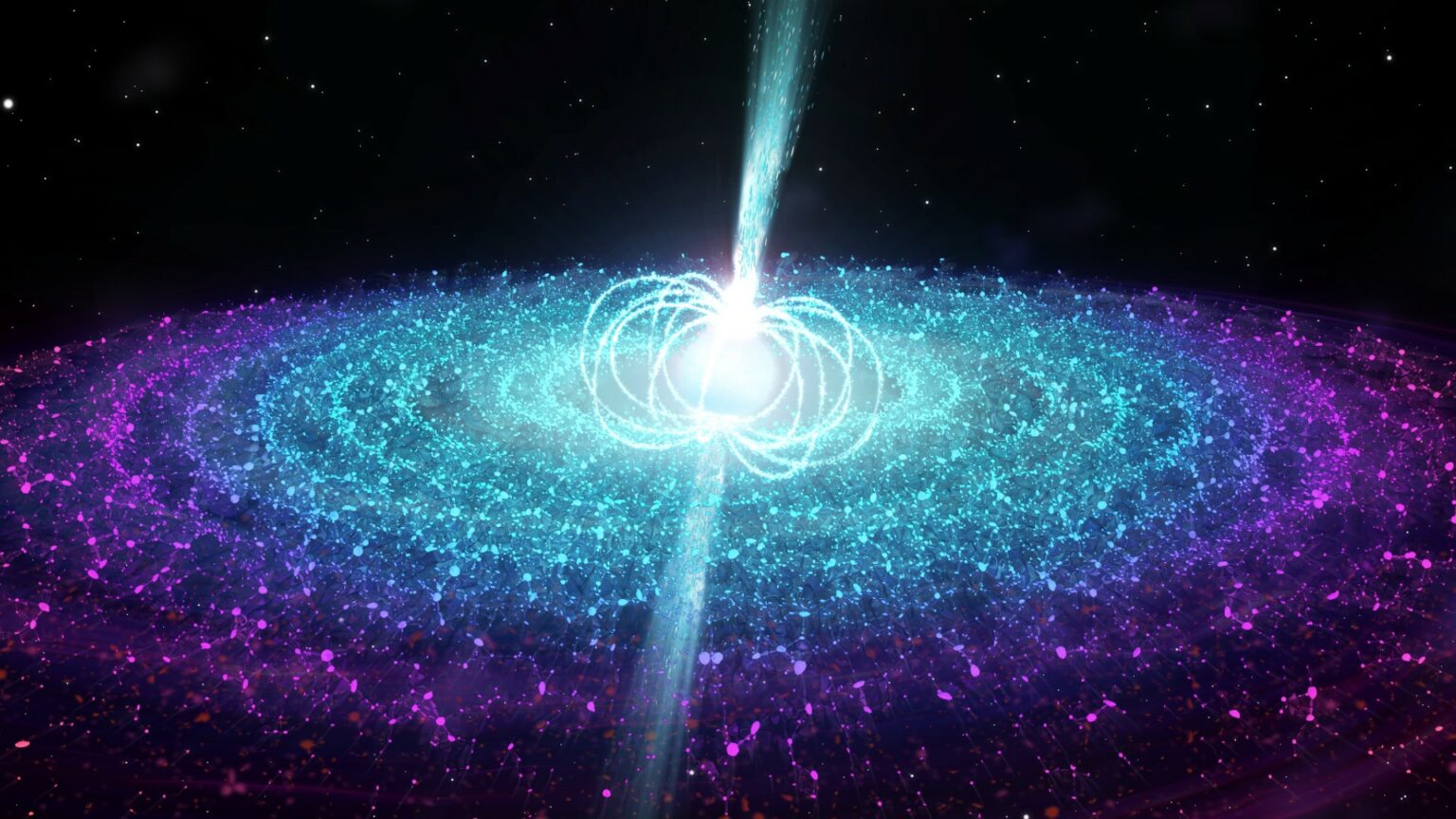Scientists are building models of what neutron stars are made of by analyzing their radius and mass. However, scientists have recently realized that it is also necessary to know the third parameter.

What’s inside a neutron star?
A neutron star is a compact remnant of a supernova explosion. It is a mass several times larger than the sun, pressed into a sphere with a diameter of several kilometers. Inside a neutron star, matter is in a state that we don’t really understand.
It is described by the so-called equation of state. And it is for neutron stars that scientists have not been able to finally put together for many years. Directly observe what a similar neutron star will not actually come out, because it is very far away.
And if the mass of a neutron star can be found by its interaction with other astronomical objects, then the radius is very difficult to measure. However, it can still be recognized from a characteristic called the peak spectral frequency.
It can be measured in collisions of neutron stars. At the moment when the object formed after the merger oscillates, it emits gravitational waves. Scientists are sure that there is a direct relationship between their frequency and the radius of the object.
New mysteries and possibilities
However, a group of scientists from the School of Natural Sciences at Princeton University recently published a paper in which they proved that in order to make up the equation of state of a neutron star, you also need to know the third parameter.
This is the so-called “slope of the mass/radius ratio”, which is a characteristic of how the state of matter inside an object changes at a density that significantly exceeds what we are used to. The next generation of gravitational wave detectors will be able to determine it.
Scientists suggest that inside black holes, protons and neutrons, which make up the nuclei of atoms, decay into more fundamental particles — quarks. And it is from their mixture that the depths of neutron stars consist.
According to phys.org
Follow us on Twitter to get the most interesting space news in time
https://twitter.com/ust_magazine
